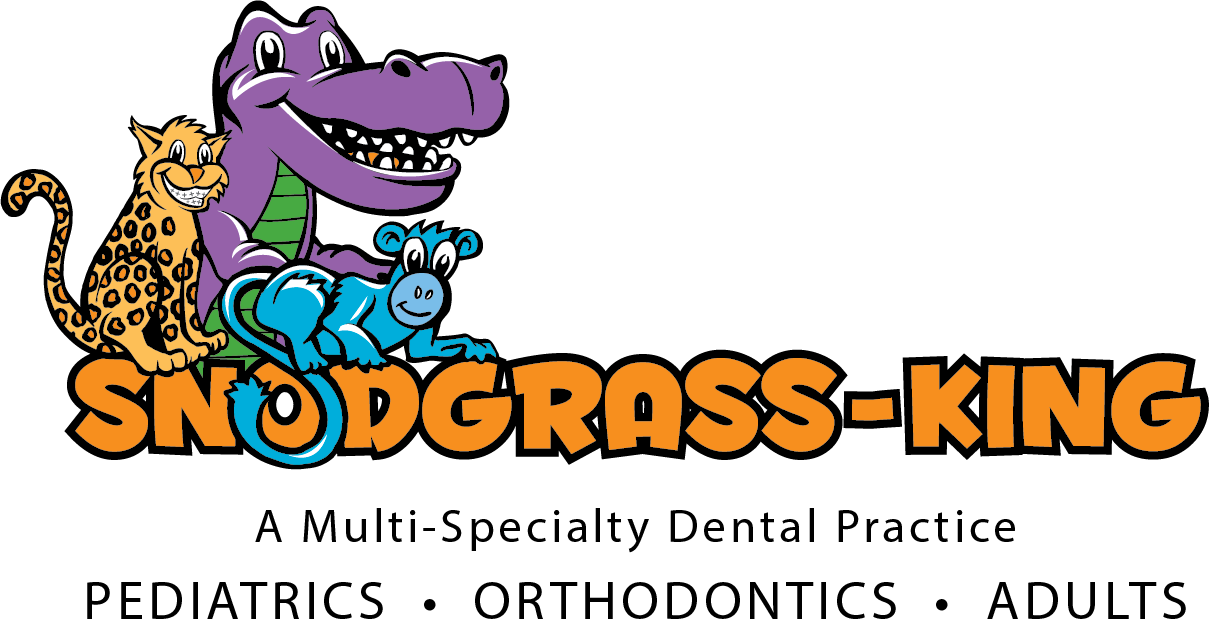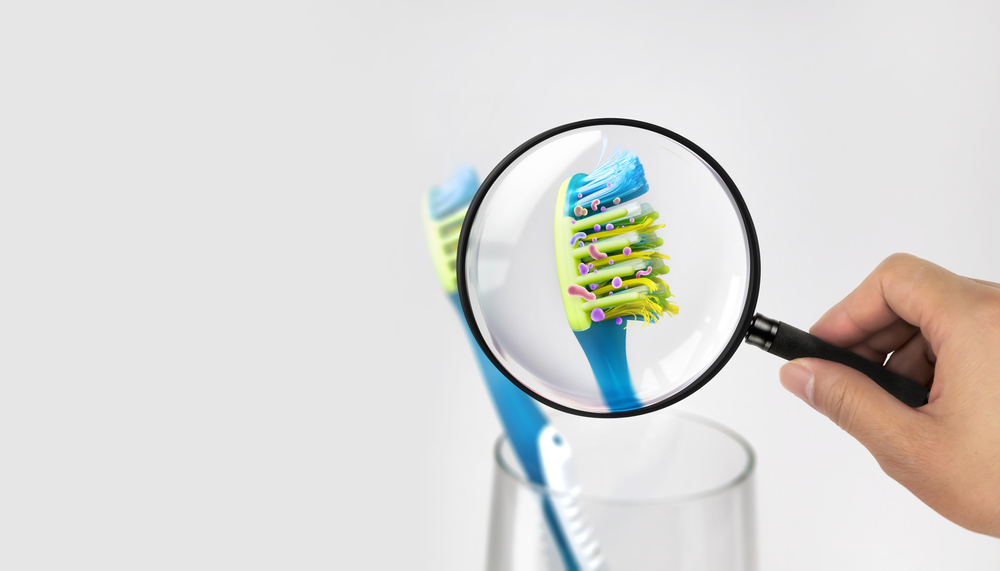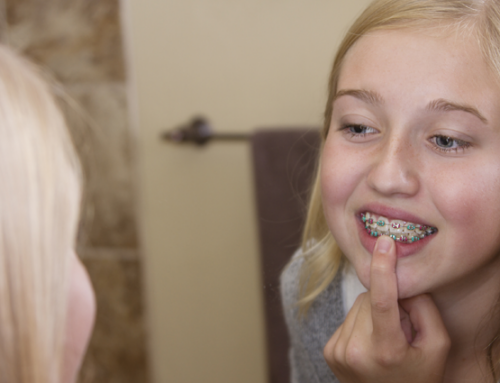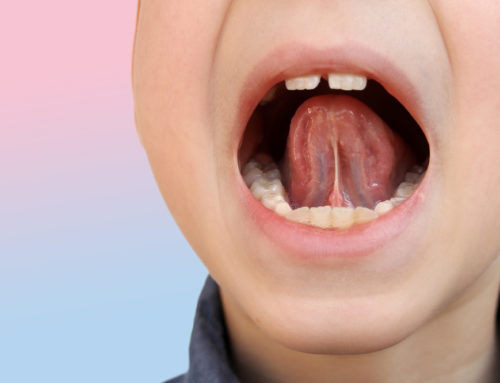Cavities Can Be Contagious
If you’ve ever had a child in elementary school, you probably know how fast germs and sickness can spread. One sneeze from your child’s classmate, and you’re taking time off work to care for a sick kid. In the worse-case scenario, more than a few passing germs are what is being spread. The flu, lice, and chickenpox are all things that run rampant in elementary school classrooms all over the U.S.
Did you know, however, that oral health conditions might also be on that list? Although it’s not commonly considered a “contagious” condition, cavity-causing bacteria can, in fact, jump ship as well.
Today we’ll talk a little more about this topic, as well as how to avoid spreading cavities.
What Is A Cavity?
First, let’s start with the basics.
Generally speaking, a cavity is a small hole that forms as a result of tooth decay. These holes can also be referred to as caries.
The process through which cavities form is actually fairly simple.
Many of us have a sugary snack or drink throughout the day. This might be a granola bar, a cookie, or simply a glass of juice. After we consume the food, some of those sugars remain on our teeth until the next time we brush.
Coincidentally, our mouths also host a variety of bacteria that feed off these sugars. As they consume the sugar, the bacteria produce a harmful acid that wears away at teeth. The longer the acid has to burrow down into a tooth, the more damage it will do.
The end result is a cavity (aka tooth decay).
What Does A Cavity Look Like?
A cavity can range in color from white to black and can vary in size and shape. Most cavities start out as very small spots that almost look like stains. Left untreated, these small spots can grow into significant tooth decay. Keep in mind that not all of the cavity may be visible to the naked eye. Cavities can also burrow down into the dentin and pulp layers. Watch out for this since this type of damage can result in painful toothaches and long visits at the dentist.
Cavity Symptoms
Many small cavities are actually painless and, you may not know you have a cavity at all. That’s why your bi-annual dental cleanings are so important. Your dentist is your first line of defense against possible cavities forming without you even knowing.
If, however, the cavity has enough time to burrow down into the lower layers, it may eventually start hurting. In this case, you may experience sharp pain when eating foods or drinking hot or cold liquids.
Regardless, it’s best to get toothaches checked out as soon as possible.
What Causes Cavities?
As we mentioned above, the primary culprit when it comes to cavities is bacteria. The acid that they release eats away at teeth and creates tooth decay.
Having said that, there are underlying reasons why someone might be more likely to develop cavities.
Bad oral hygiene habits and sugar consumption are two of the biggest reasons why someone might have a lot of cavities. Remember, the longer you let sugar sit on your teeth, the more time bacteria has to feed on it and produce acid. That’s why you should always brush your teeth in between snacks. Forgetting to floss can have the same effect and cause food particles to hang out in small cracks in between teeth.
Most important of all, however, is getting into those bi-annual dental check-ups. Missing consecutive ones can allow tartar to build up around your teeth, increasing your chances of developing tooth decay.
Are Cavities Contagious?
That’s a great question!
Although dental decay itself may not spread from person to person, cavity-causing bacteria can.
What does this mean? In short, it means you can increase someone else’s likelihood of developing cavities by spreading bacteria to their mouth. Although there are a variety of ways to do that, today, we’ll go over some of the most common ones.
Spreading Cavities
Cavity-causing bacteria are a lot easier to spread than we think. Even daily things like sharing food or eating from the same bowl as your child can spread troublesome bacteria. It is especially important to be aware of this when it comes to small children. Since most kids aren’t able to brush their teeth well on their own, they’re very prone to cavities.
Sharing A Toothbrush
Many couples end up using each other’s toothbrush sooner or later. It’s easy to forget your toothbrush when going on a trip, and it may be tempting to just borrow your partner’s. Having said that, it’s best not to. Sharing toothbrushes can transfer tons of bacteria and even the occasional cold sore.
Eating From The Same Fork
This is a particularly important one for new parents. Plenty of parents blow on their kid’s food or even taste some to check on the temperature. Remember, you are trading bacteria each time you do that. Worse yet, you may also be trading other things inside your mouth. Have you ever noticed your gums bleeding when you brush or floss your teeth? You don’t want small bits of blood to get transferred by accident. Instead, try to opt for separate forks and don’t share food.
Sharing Gum and Other Products
One of the fastest ways to transmit germs and diseases is, of course, gum. Since it tends to stick to your teeth and gums, it can pick up a lot more particles. Trading gum with someone else can increase your risk of developing cavities or other oral diseases.
How To Get Rid Of Cavities?
Cavities are one of the most common health problems in the US (especially for children). Fortunately, however, there are some great treatments to remove the decay and repair the damage.
Here are a few of the most common ones:
Good Oral Hygiene
The first step to preventing cavities is upkeeping good oral hygiene. Brushing twice daily with good toothpaste and a soft-bristled brush is vital. Flossing is also a good idea since it gets all those final particles out from between your teeth.
Aside from hygiene habits, however, watching your food intake can help as well. Try to avoid sugars whenever possible, and limit snacking. The longer sugars linger on your teeth, the more opportunity for bacteria to munch on it, turning it into acid.
Fluoride Treatments
Our teeth need a healthy dose of daily fluoride. If your dentist suspects that your cavities may be a result of insufficient fluoride, they might recommend a treatment to supplement it.
Fillings
The very first and easiest fix for an existing cavity is a filling. These can come in the form of composites, porcelain, gold, silver, amalgam, and more.
If the size of the tooth decay is too extensive, however, a filling may be insufficient.
Dental Crowns
Unlike fillings, a crown is made to fit over the tooth. They’re used for cases with more extensive tooth decay.
Root Canal
In instances where the tooth decay has reached the pulp of the tooth, your dentist will first have to clean out the damage. During a root canal procedure, a dentist removes the infected parts of the pulp, disinfects, and seals the area.
Pediatric Dentist Tennessee
Looking for a new pediatric dentist? Snodgrass-King Dental is a fantastic choice! Our team has years of experience working with children of all ages. We know that when it comes to pediatric dentistry, kindness and empathy are just as important as anything else. That’s why our staff strives to offer the best care possible to every patient that walks through our door.
Our dental offices provide a wide variety of services — everything from regular dental fillings all the way to dental extractions.
The other aspect of our practice that makes us so unique is that we can offer dental services for your whole family. This way, you’ll know that your loved ones are well taken care of year-round. Our dental offices even offer cosmetic procedures such as teeth whitening.








